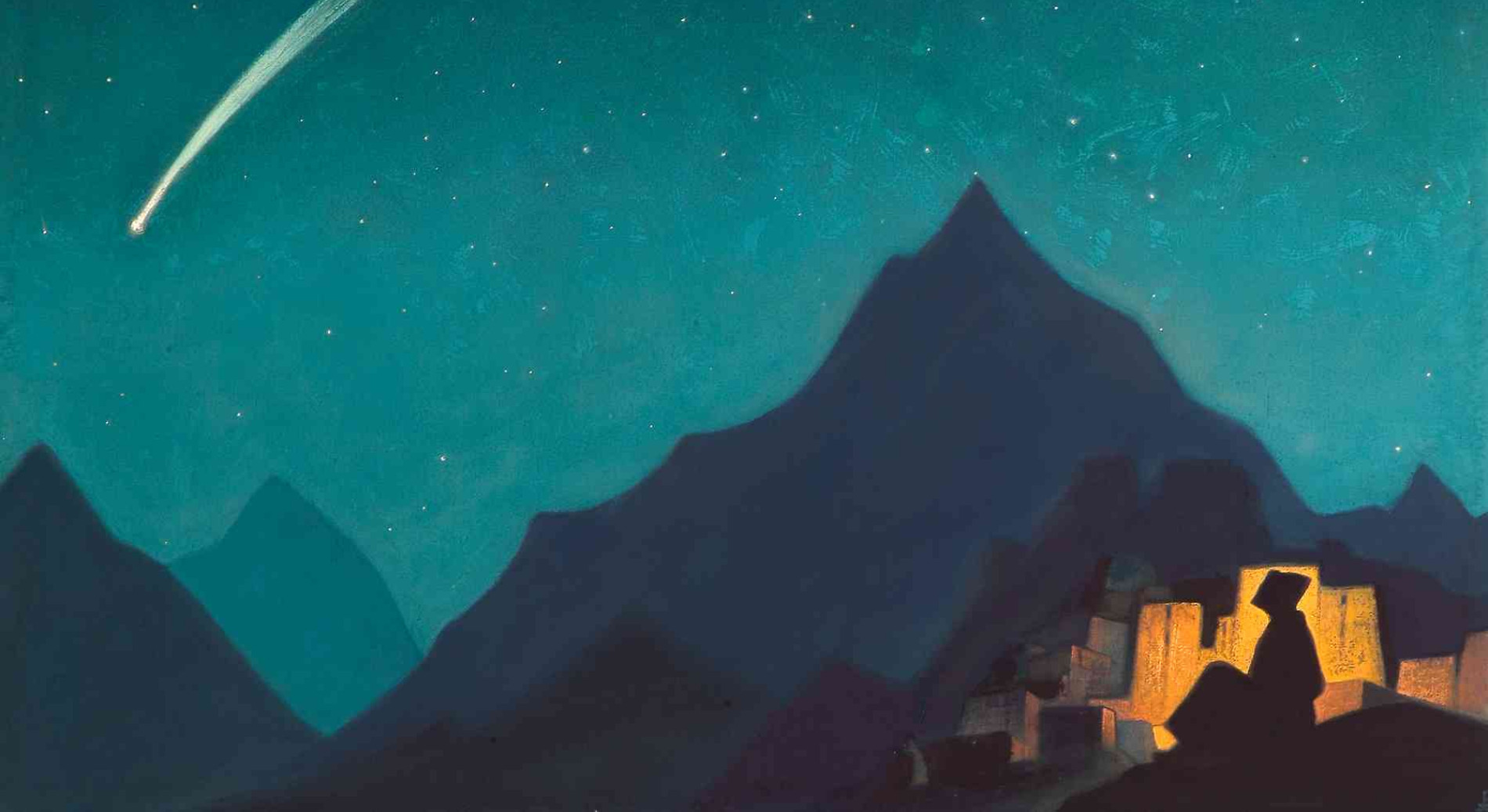Theolisian peninsula
The Theolosian peninsula is a region in the west of Iasteron, comprising of roughly 76,200 mi^2, divided between the states of Helia in the north, and Ileqia, and Sivikat in the south.
Environment and climate
While the north is hilly and primarily deciduous forest, the southern regions are low-lying and feature large expanses of temperate rainforest and recalimed wetland. This area bears the brunt of the storms that roll in from the Dasaaquš ocean, and is subjected to regular flooding that is incrasing in both frequency and severity.Notable features
Shavichehis Apothecaria
North-West Helia is known for the Shavichehis Apothecaria, which uses the lichens and mushrooms of the surrounding rainforest in their potions and unguents. The Apthecaria's remedies are sold across Iasteron and the area is jelously guarded against poachers. Despite this, unknown vanals have been carving arcane symbols on various surfaces within the forest, damaging the trees and affecting the potency of the ingredients.The Āʾ Fanyetr monstary
Among the steep hills and craggy briars of the penisula's North-East, the Āʾ Fanyetr monstary holds a shrine alleged to contain a portal to Dream. Although thin places are found in remote locations, the former monastary is located on a major route across the border from Lephidia, a once-revered figure now known to have been a [žilba].Khabad
The capital of Helia, Khabad, sits on the shore of lake Ird. The College of Khabad was founded by the city's most famous resident, the logician Ilyas ibn Jalal, and its archive and dome are internationally reknowned as architectural wonders. Khabad's population grew dramatically in the aftermath of the draining of the Ilqeian marshlands, and now has a significant Ilqeian population. The city has failed to update its infrastructure to its new population and the ancient sewers are known to overflow into the lake, causing periodic outbreaks of mousewarts in the docklands and horse-district regions.Shahin arena
A legacy of the region's tumultuous past is the Shahin arena. Shaped during the Second Age, the arena is a large, roughly circular area sited on the spot where where the titan Yirna ambushed the demi-god Māfqi, killing them and throwing their body into the bottomless pit that became lake Ird. Shahin, being a Qā-Jāre theocratic city-state within Helia, prohibited bloodshed within the city and the arena, located outside the city limits, was a site of execution throughout the Fourth Age, and became a duelling-ground in the Fifth as a means of settling legal and personal disputes.The Ossal coast
To the south, in Ilqeia and Sivikat, rich and fertile farmland borders a tumultuous coastline filled with wrecks, both natural and criminal in origin. In addition to goods and bodies fro mthe wrecks, the storms that batter the coastline periodically wash up the massive bones of long-extinct beasts. As damaging as these storms are, they are increasing in frequency and severity, and now regularly threaten the flood defences. Outside of the river-city of Anguitsut, the people living along the coast still operate under a quasi-feudal system and income disparity between land-owners and land-workers is extreme.The Dun Circles
Revealed during the draining of the marshes, the Dun Circles are a series of wood-henges that were used as sanctuaries by the marshlanders who fought against the draining. When the marshland resistance was defeated, the henges were drained of their powers and abandoned. Little remains of them now but stumps, none more than waist high, and they are notable only for the low level of background magic within their bounds.
Type
Peninsula
Location under
Included Locations
Included Organizations
Related Ethnicities
Related Tradition (Primary)
Remove these ads. Join the Worldbuilders Guild



Comments